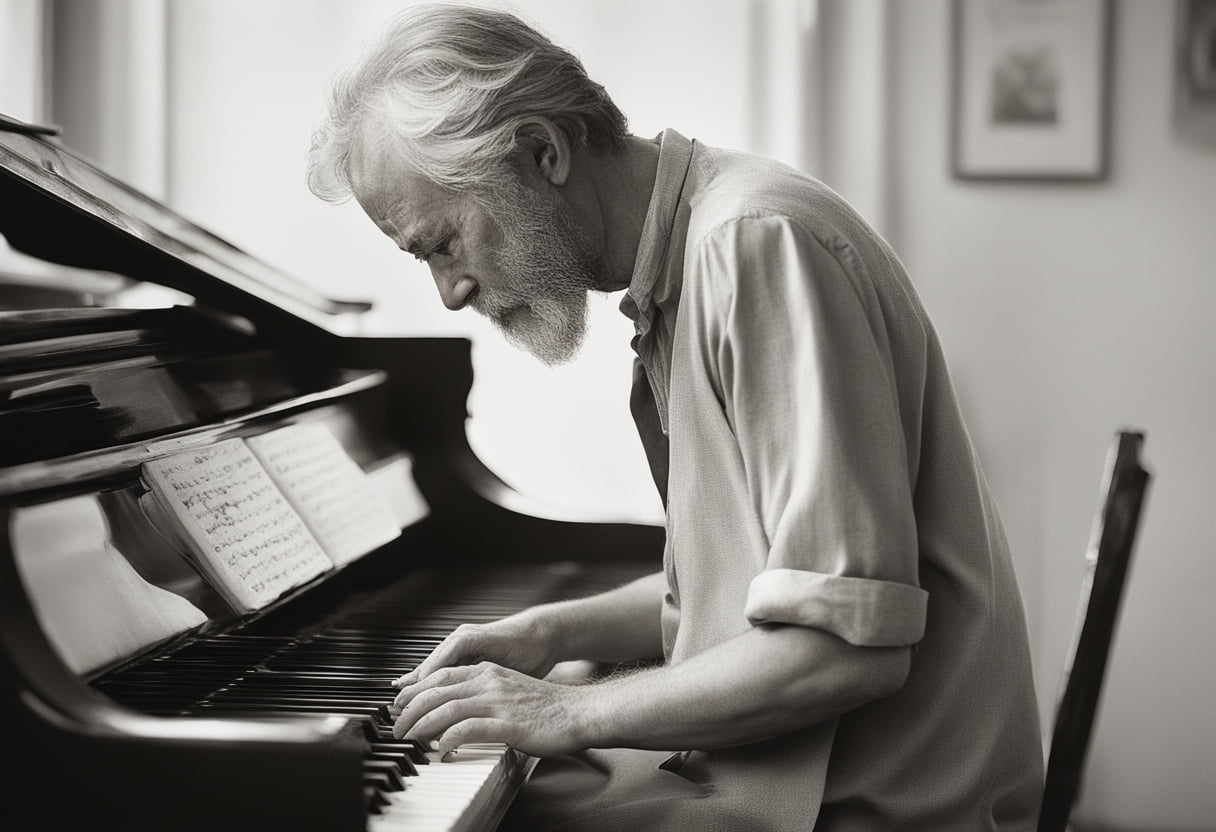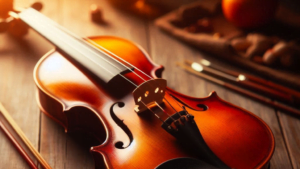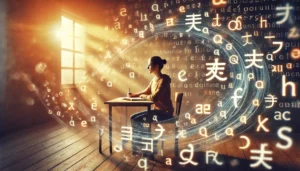In the journey of learning, there comes a moment when you stop “doing” and start simply “being.” This state—where skill becomes second nature—is often referred to as subconscious competence. It’s where effort meets ease, where the conscious mind recedes, and something deeper takes over.
Reflecting on my own experiences with the piano, I discovered an unconventional path to reach this state—a path that was less about rigid techniques and more about surrendering control, letting the subconscious emerge and take the lead.
The Dance Between Consciousness and the Subconscious
When we first approach learning, we often believe mastery lies in precision, discipline, and conscious effort. We tend to focus our energy on breaking down every note, every phrase, and drilling them into perfection. But true mastery is not achieved by forcing every note into place. Instead, it emerges when we step back and allow a more natural intelligence to guide us.
One of the profound techniques that led me to this realization was playing with a metronome—only not in the conventional sense. I would set the metronome to every quarter note, then allow my mind to drift. I’d play with one hand, perhaps sip some tea, or even let my thoughts wander freely. It was a strange, almost counterintuitive practice. But in these moments of relaxed focus, something remarkable happened. I began to notice subtleties, the hidden hesitations or inconsistencies that were not apparent when my mind was hyper-focused.
These subtle “flaws” were not obstacles; they were opportunities. Opportunities for the subconscious to step in and recalibrate. Instead of forcing corrections, I began to trust this deeper part of myself to make the necessary adjustments.
Trusting the Unseen
By giving my subconscious space, I shifted from controlling the process to becoming a witness to it. Rather than concentrating intensely on correcting mistakes, I found that letting go and allowing the subconscious mind to “play” with the problem was far more effective. In doing so, I was not teaching my fingers or my mind—I was teaching something beyond them, something that understands rhythm and flow in a way that defies words.
There’s a beauty in this trust, a sense of surrender. Imagine walking on a winding path at twilight, where each step is illuminated just enough to move forward, but never so much that you see the entire path. This is the dance of learning—each step is an unfolding, a discovery, a release.
Techniques as Gentle Guides, Not Rigid Structures
For those who are eager to explore this path, tools like Synthesia or other looping software can be invaluable. But the key is in how they are used—not as strict enforcers of repetition but as gentle guides that create a safe space for the subconscious to experiment and learn. Setting loops to restart after a single error can be helpful, but not as a harsh critique; rather, as a subtle whisper saying, “Try again, but this time, softer.”
This approach is less about correction and more about exploration. It’s about giving your deeper self the space to play, to learn without judgment, and to find its rhythm in its own time. The learning becomes fluid, less about the conscious battle of “right” and “wrong,” and more about an unfolding process of becoming.
The Art of Non-Thinking
Herein lies a vital principle: “Don’t think while you are learning.” It doesn’t mean you discard conscious effort entirely; rather, it means you use it wisely—to set up the environment, to choose the right tools, and then to let go. To trust that once you start, there’s a natural rhythm within you that knows how to learn more deeply than any conscious effort could achieve.
Before you begin, take a moment to breathe, to feel, and to prepare not just your instrument but your entire being. Create a space free of distraction, a loop that feels more like a dance than a drill. Then, let the subconscious play, repeating, adjusting, and refining in ways your conscious mind could never predict.
Unfolding into Mastery
The journey to subconscious competence is not a destination but an unfolding—a continuous dance with the unknown. And it requires a kind of faith—not in perfection but in the process itself. Trust that with each step, each note, each attempt, something deeper is waking up and taking the lead.
Over time, you may find that your instrument—whether it’s the piano, a pen, or even your own voice—begins to feel like an extension of your soul. The music, the writing, the expression flows not from a place of force but from a place of deep, quiet knowing.
So, as you step into your practice, remember: it is not about doing; it is about being. It is not about forcing; it is about flowing. And in that flow, mastery is not something you achieve; it is something you become.


